マンネンロウは英名「ローズマリー」で、古くから魔除けや儀式に用いられ、記憶や貞節の象徴。葉に芳香があり、料理などに用いられます。
Rosemary has long been used to ward off evil and in rituals, and as a symbol of memory and chastity. Its fragrant leaves are used in cooking.
【仮名】マンネンロウ, メイテツコウ, ローズマリー
【和名】万年朗, 迷迭香
【英名】Rosemary
【学名】Salvia rosmarinus
【誕生】01/ 21, 09/ 20
【開花】01, 02, 03, 04, 05, 06, 07, 08, 09, 10, 11, 12月
【花色】White, Pink, Purple, Violet, Blue
マンネンロウ
マンネンロウの概要
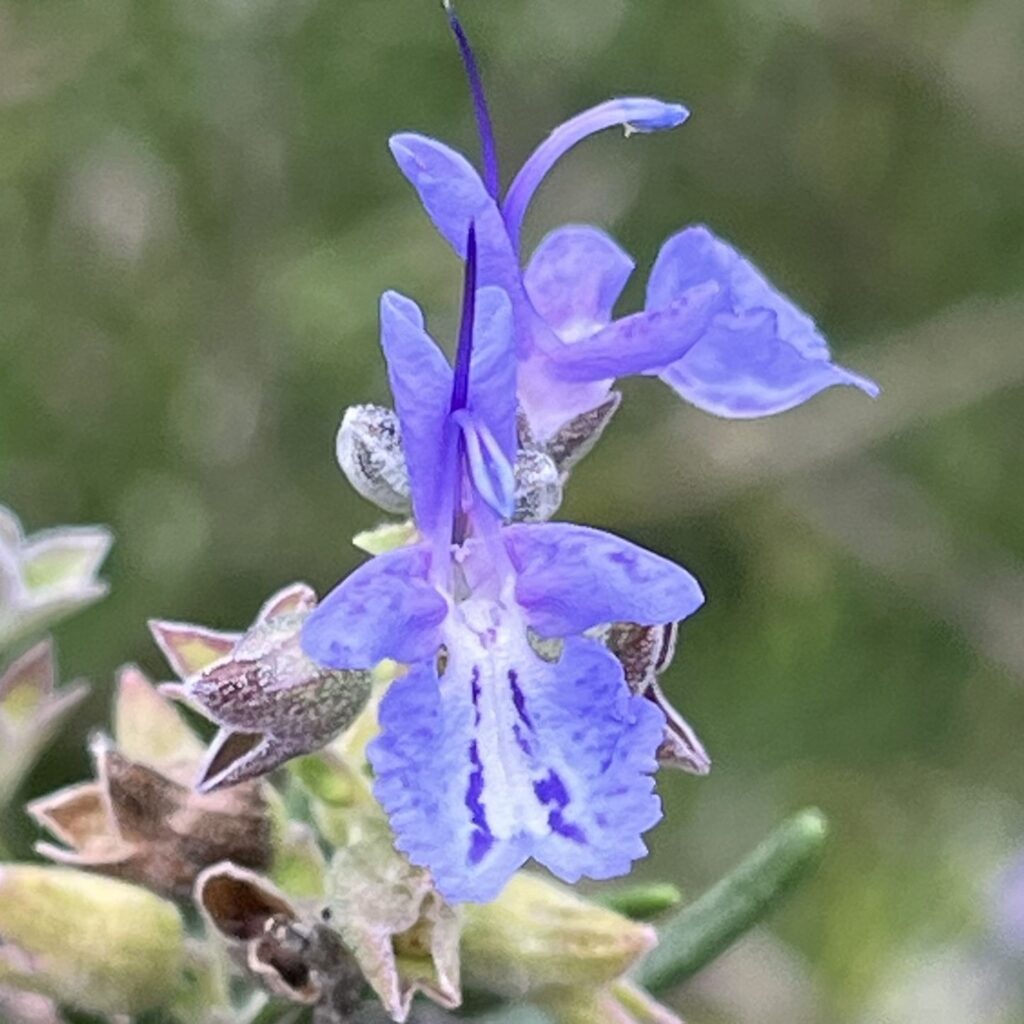
マンネンロウはシソ科の常緑低木です。原産地は地中海沿岸で、日本へは江戸時代に渡来。葉に芳香があり、料理などに用いられます。古くから魔除けや儀式に用いられ、記憶や貞節の象徴。一般には標準和名よりも種小名ロスマリヌスに由来する英名「ローズマリー」で呼ばれます。
マンネンロウの名前
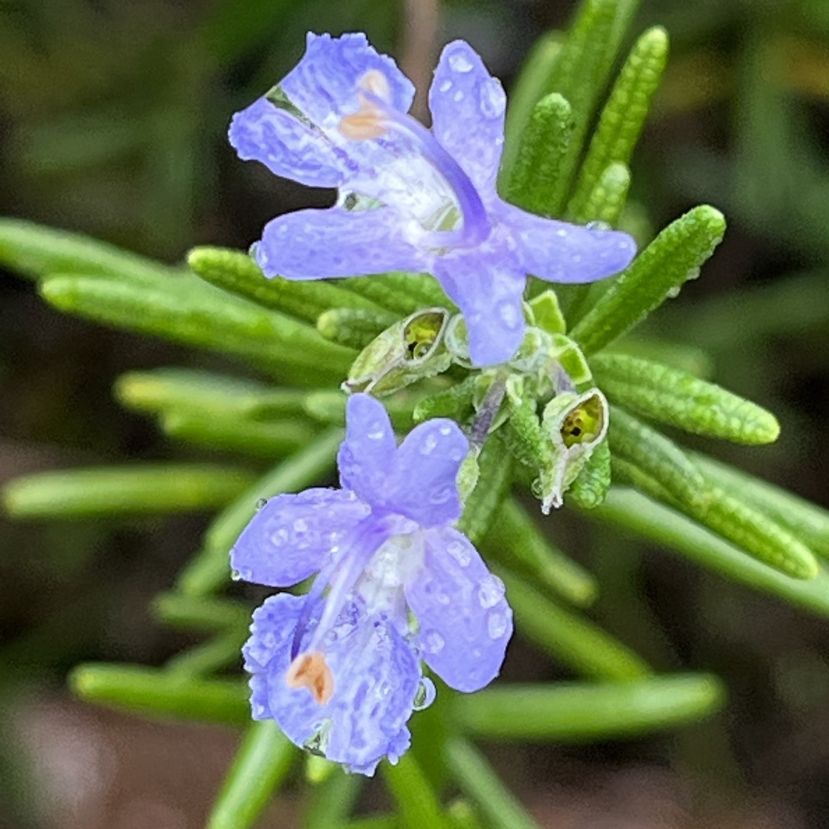
マンネンロウの和名の由来は葉が常緑で若々しいから「万年朗」、または葉の光沢や精油成分により「万年蝋」です。ラテン語の属名サルビアは「癒すもの」という意味。古来、薬に用いられたからです。種小名ロスマリヌスは「海の露」という意味。海辺で霧に濡れた姿を表します。
マンネンロウの姿形
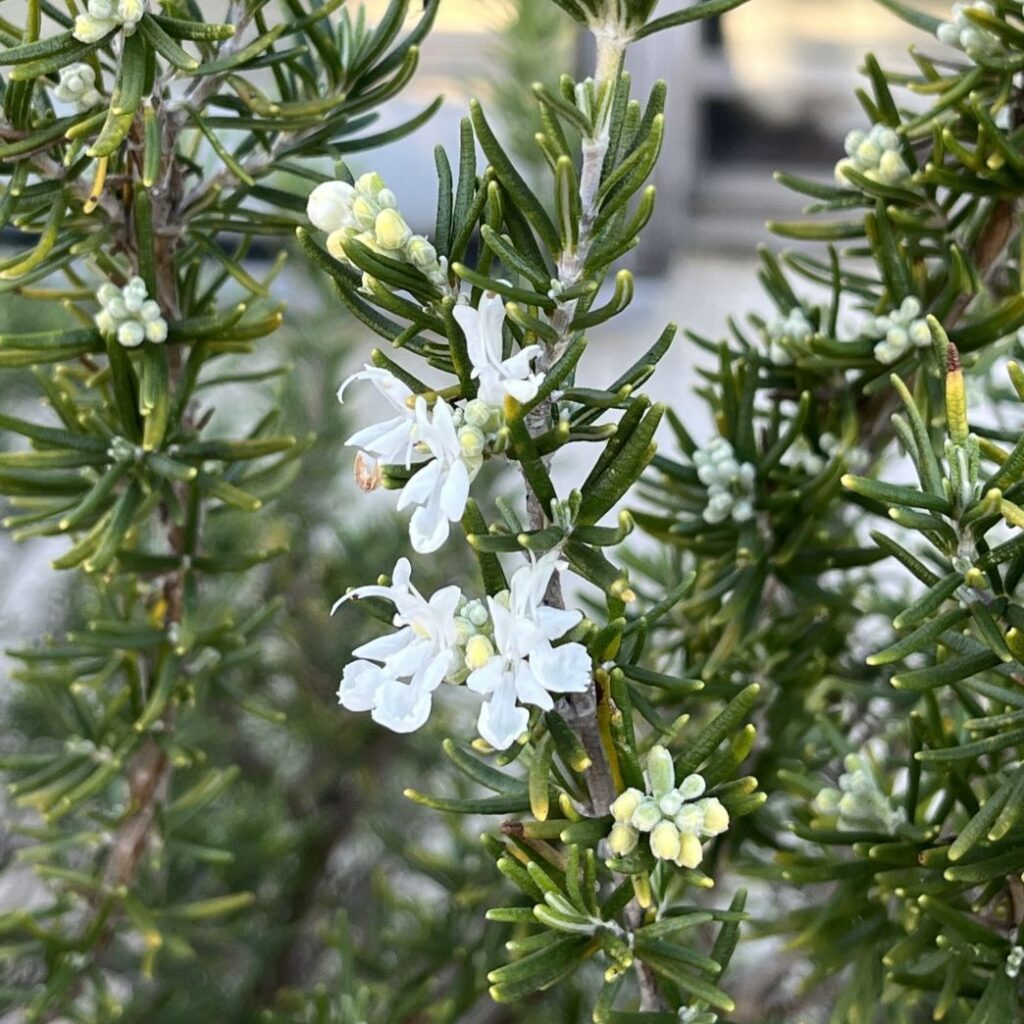
マンネンロウは細根が発達し、直根が深く伸びます。枝は四稜で盛んに分岐。成熟すると木質化し、樹皮に裂け目が入ります。葉は細長い線形で対生。革質で厚く、裏側に巻き込みます。花は唇形で、上唇が2裂、下唇が3裂、雄しべが2本、雌しべが2裂。花後は四分果を結びます。
マンネンロウの薬用
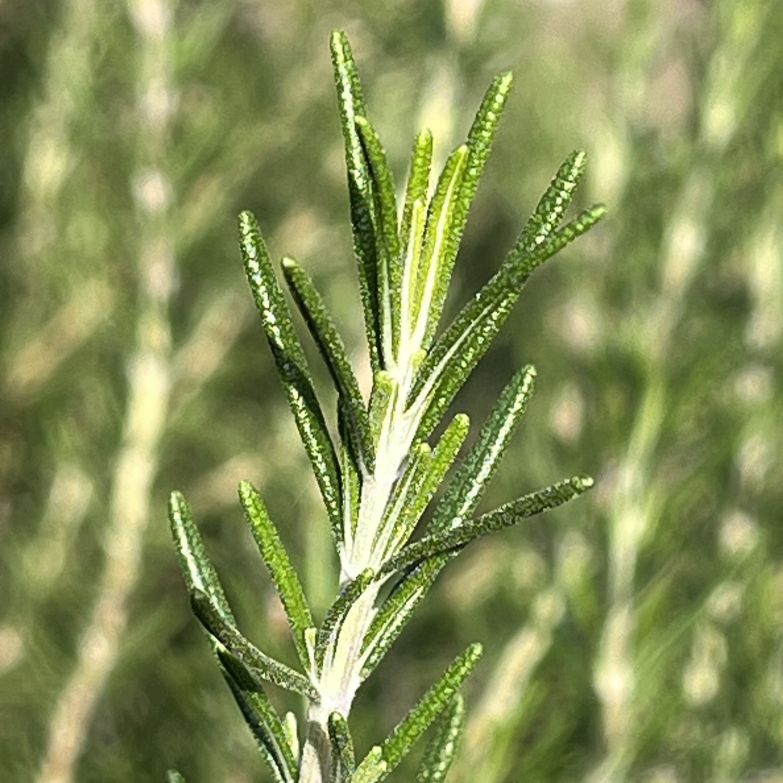
マンネンロウはカルノシン酸、カルノソール、シネオール、ピネンが含まれ、抗酸化作用や抗菌作用のほか、血行促進作用もあります。漢方では生薬「迷迭香」として健胃、駆風、鎮痛・鎮痙に。欧州では古くから「記憶力を高めるハーブ」とされ、「若返りの水」にも用いられます。
Rosemary
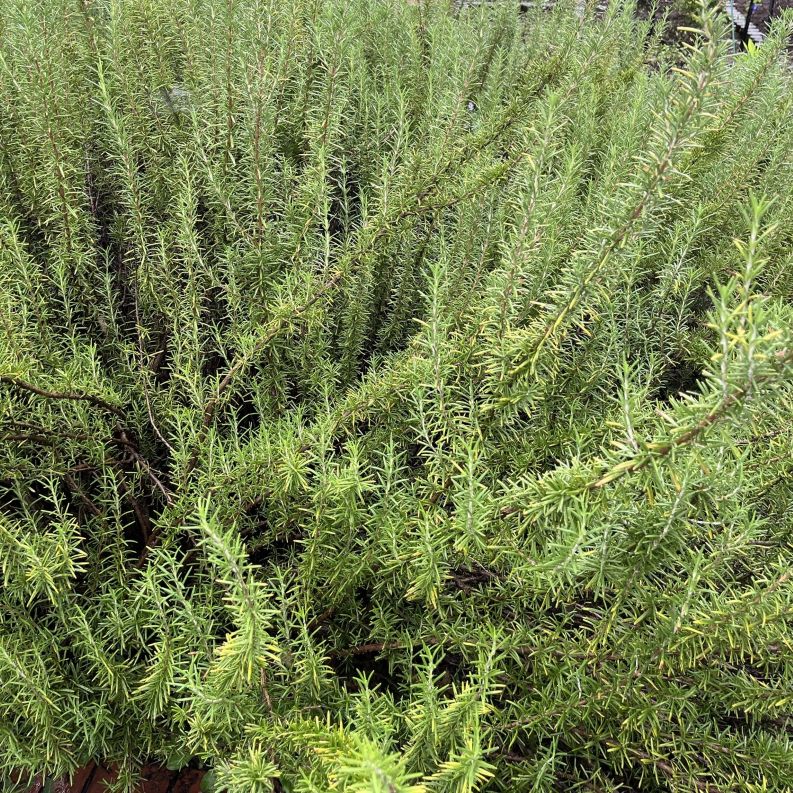
Rosemary is an evergreen shrub in the Lamiaceae family. Native to the Mediterranean coast, it was introduced to Japan during the Edo period. Its fragrant leaves are used in cooking. It has long been used to ward off evil and in rituals, and as a symbol of memory and chastity. Even in Japan, it is referred to by its English name, derived from its specific epithet rosmarinus, rather than its standard Japanese name.
The Japanese name for rosemary means “evergreen and youthful.” It also means “evergreen and waxy” due to the glossy leaves and essential oil content. The Latin genus name, Salvia, means “healing,” reflecting its ancient medicinal use. The specific epithet rosmarinus means “sea dew,” describing its appearance as wet with mist by the sea.
Rosemary has well-developed fine roots and a deep taproot. The branches branch vigorously and are four-sided. As the branches mature, they become woody and the bark develops fissures. The leaves are long, linear, and opposite. They are thick and leathery, and curl undersides. The flowers are labiate, with a two-lobed upper lip and a three-lobed lower lip, two stamens, and a two-lobed pistil. After flowering, the plant produces quarters.
Rosemary contains carnosic acid, carnosol, cineole, and pinene, and has antioxidant and antibacterial properties as well as promoting blood circulation. In traditional Chinese medicine, it is used as a stomachic, carminative, and pain reliever/antispasmodic herb. In Europe, it has long been considered a “memory-enhancing herb” and is also used in “Hungary Water.”


